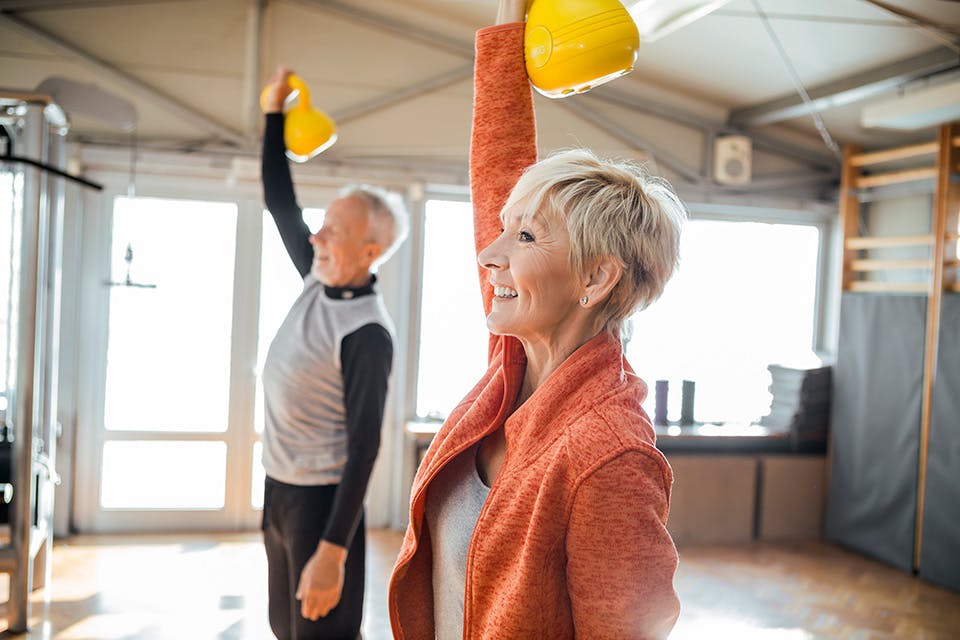Ohio Life
| Live Well Ohio
Live Well Ohio: May 2021
Here is how to keep your bones strong as you age. Plus, use theses strategies to encourage the kids in your life to get outside after a year of being stuck at home.
Related Articles

Live Well Ohio June 2024
Check out tips for creating family time outside, and a Ohio State Parks naturalist offers advice on staying safe in the outdoors. READ MORE >>

Live Well Ohio May 2024
Clean up your indoor air quality with these pointers, and learn the best way to keep an eye on a health number that often gets overlooked. READ MORE >>

Live Well March/April 2024
How to teach your children kindness to the neurodiverse. Plus, find out what nutrients might be missing from your diet. READ MORE >>



